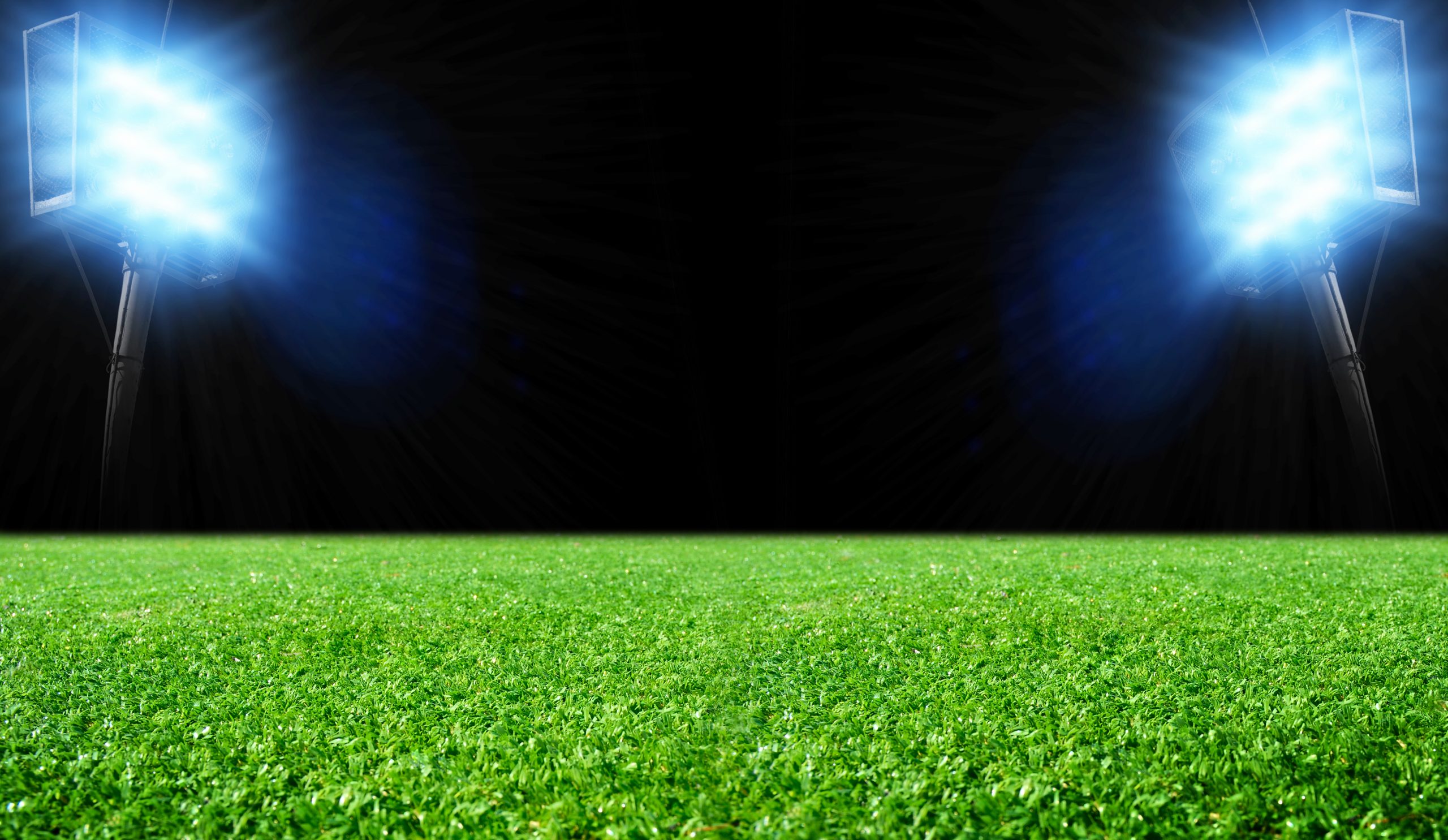The Seahawks attempted 405 passes in 2012, dead last in the NFL. They completed 259, also dead last. Before this team goes out and spends major free agent dollars on a receiver, it is important to understand just how big of an impact they could have in an offense that eschews the pass so often.
I know what you must be thinking. Russell Wilson was a different quarterback the last eight games of the season. You are right. He had fewer attempts and fewer completions than he did in the first half of the year It is true.
Wilson went from 26.3 attempts and 16.1 completions to 22.9 attempts and 15.4 completions. Yet, the Seahawks offense went from scoring 17.5 points to scoring 34.0 points.
It was not, though, all about the running game. Wilson became a lethally efficient passer. You notice that his completions stayed relatively flat even though his attempts dropped by over three per game. His completion percentage rose from 61% to 67%. His yards went from 1,466 to 1,652 on the strength of a jaw-dropping 9.02 yards per attempt. Most importantly, his touchdowns went from 10 (1.3/game) to 16 (2.0/game).
Double Wilson’s second half numbers and you get a 16-game season that looks like this:
CMP: 246 (NFL Rank Among QBs – 26th)
ATT: 366 (26th)
YDS: 3,304 (20th)
TDS: 32 (5th)
INT: 4 (1st)
Now, Seattle could open things up a little bit more in 2013. They could give Wilson more chances to throw, but Pete Carroll loves how they played last year. He wants to establish the run. This is not going to become the Patriots or the Saints offense where Wilson is throwing the ball 600+ times in a season. Maybe he will throw it 400 times (25/game). That would have been good for 25th in the NFL. The point being, there will not be a ton of passes to be caught no matter who is playing receiver.
We know Sidney Rice is not going anywhere. He will be the starting flanker. ESPN.com says he was targeted 80 times.. That made him the 73rd most-targeted receiver in the NFL. That is not a lot of chances, especially for your number one option.
Golden Tate was second on the team with 68 targets (94th in the NFL). Zach Miller was third with 53 (128th), and Doug Baldwin was fourth with 49 targets (137th).
Go nuts for second. Say the Seahawks start throwing the ball 30 times per game next season. That would be 480 attempts, or a 31% increase compared to the second half of 2012. That would have still finished 22th in the NFL this past season. There just are not many passes to go around.
That means players that can make the most of their chances are far more valuable in this offense.
Both Bowe and Wallace were targeted over 100 times last season. They are used to geting the rock. Bowe has a far higher catch rate over his career, catching 55% of the passes thrown his way while Wallace has only caught 27% of the passes thrown to him. Where Wallace makes his money is not on efficiency of targets, but explosiveness of receptions. His career yards per catch average of 17.2 blows away Bowe’s 13.8. In fact, Bowe has never had a single season that matches Wallace’s career average. Wallace went as high as a mind-blowing 21.0 yards per catch in 2010. That’s how someone turns 60 receptions into 1,257 yards.
Wallace has had no less than 6 touchdowns in any season, and has had at least eight each of the last three years. Bowe has only had more than 8 touchdowns once.
Everyone knows that Bowe has had terrible quarterbacks throwing to him, and Wallace has had an elite quarterback throwing to him. That does not change the type of player each of them are. Bowe is a guy that is targeted 20 yards and in. Wallace is a guy that often gets the ball 20 yards and out. Wallace has caught 12 passes that traveled 31+ yards in the air over the past two years, while Bowe has caught two.
Wilson throws a great deep ball. The Seahawks offense is predicated on the play-action pass to get the ball down-field. A player like Wallace fits wonderfully with both the strengths of the quarterback and the philosophy of the offense. A guy like Bowe is nice to have, but it is hard to see this offense dinking and dunking their way down-field. The running game is used to jab and pound the body. The passing game is meant to be an uppercut.
Wallace is also accustomed to being one of many weapons in an offense, as he shared the load nearly evenly with his two other receiver buddies in Pittsburgh. Bowe is used to being The Man. That simply will not happen here.
Add in Wallace being two years younger than Bowe, and there really is no question which of these two premium free agents better fits the Schneider and Carroll mold. The bigger question is whether Wallace is worth the price it will take to sign him. Tate caught six passes of his own last year that traveled over 31 yards. He has one more year on his deal, and has developed a trust with Wilson. Signing a guy like Wallace would essentially close the door on Tate, who becomes a free agent in 2014, and is not at all suited to play the slot. On the other hand, Tate may be gone once he hits the market anyway.
Players with Wallace’s speed simply do not come around very often. Finding a player in the draft with his speed and his productivity is highly unlikely. Seattle will not get in a bidding war for Wallace’s services, but it would not be surprising to see them kick the tires.

